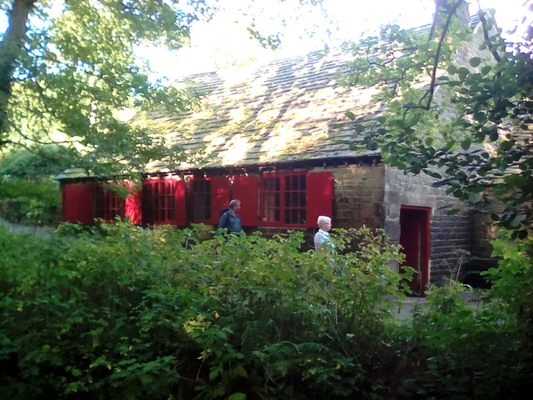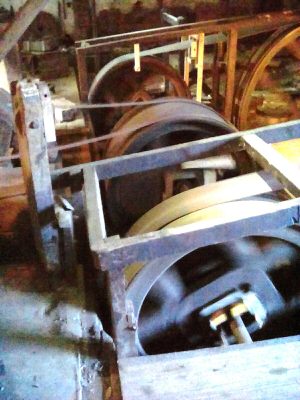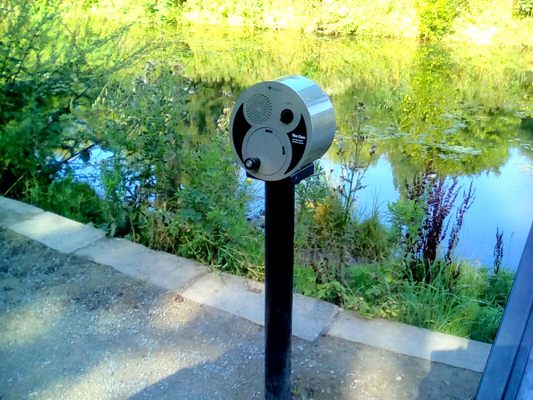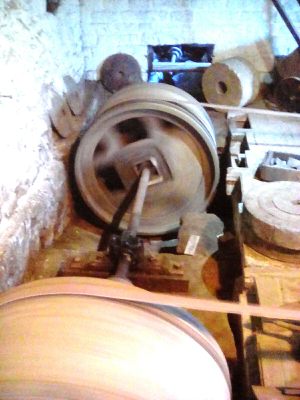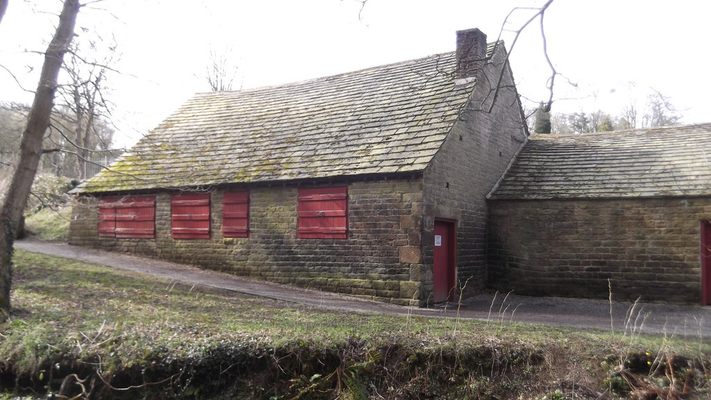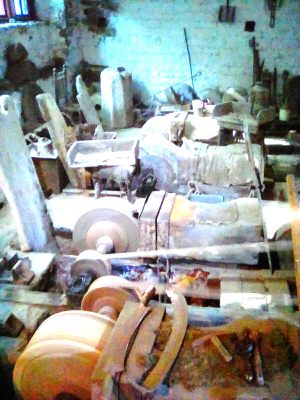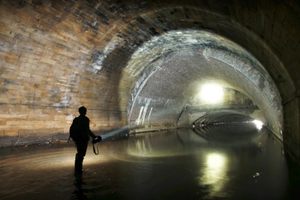About
Long before Sheffield became a steel manufacturing center, it was famous for making knives, edge tools, and weapons from steel that was imported from European steel manufacturing countries.
The cutlers of Sheffield were one of the most important trade guilds in England, and often relied on subcontracted specialist grinders to put an edge on their part finished items before their final assembly.
In these historic workshops—known locally as "grinding hulls"—water power was frequently used. At the time, such water-powered workshops were common on the numerous fast flowing rivers in the region. Shepherd Wheel is one of the last complete and working examples of such an installation. This building and water-powered mechanism date back to the 18th century.
The large iron wheel takes water from an impoundment just upstream, which takes water diverted from the river. As you enter the building, with its two grinding hulls, the mechanisms of the grinding wheel drive system are clearly visible as are the "horses" where the grinders would sit astride the many grinding wheels sharpening hundreds of items per day in an atmosphere heavily polluted with stone and metal particles. The grinders were highly susceptible to silicosis and at risk of injury from bursting grinding wheels, making the average life expectancy of a grinder a mere 35 years.
Know Before You Go
The site is currently funded by the Sheffield Industrial Museums Trust and on-premise volunteers provide loads of information to visiting tourists. Detailed driving directions are available on the museum's main website.
Community Contributors
Added By
Published
September 6, 2018
